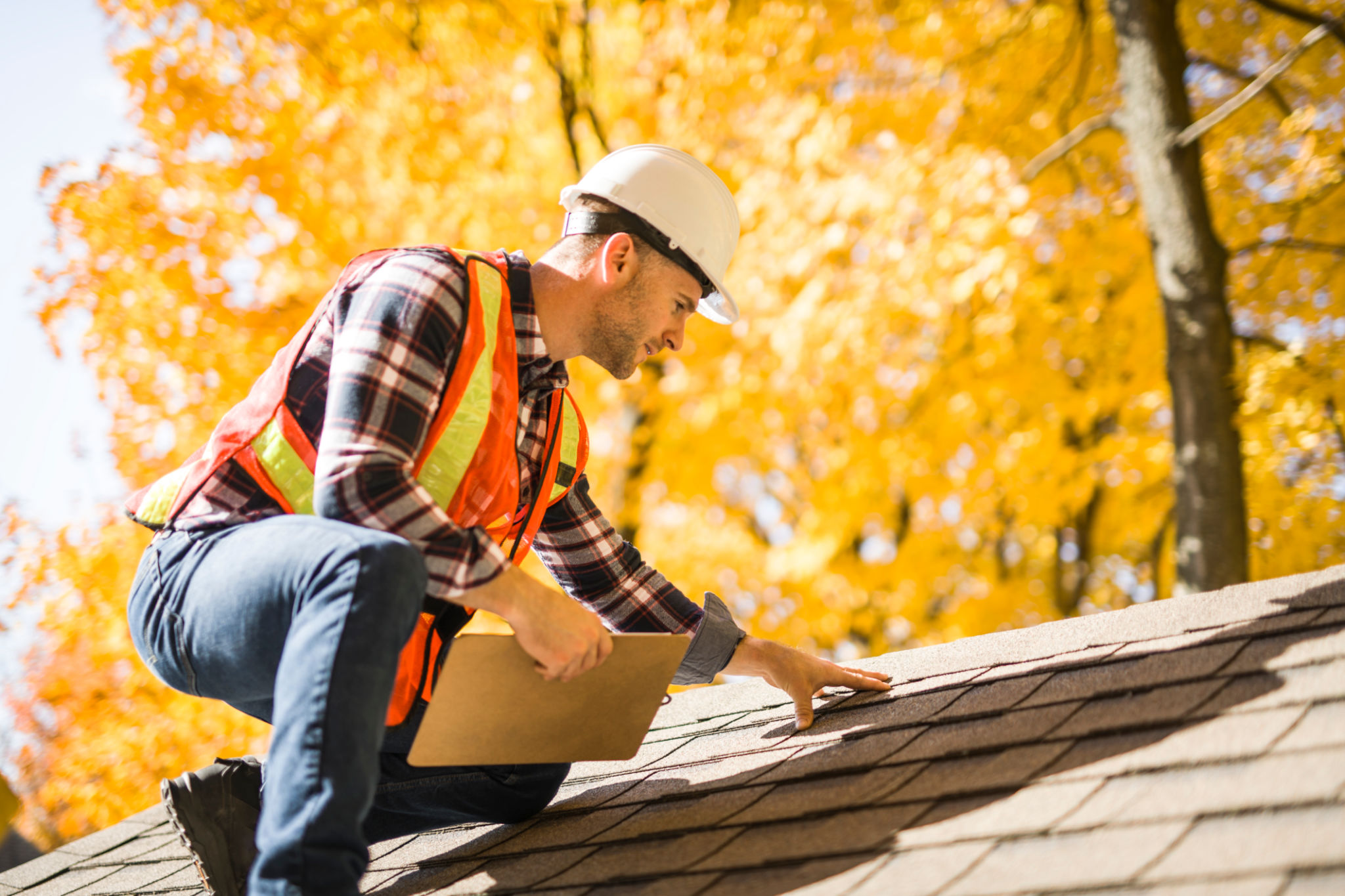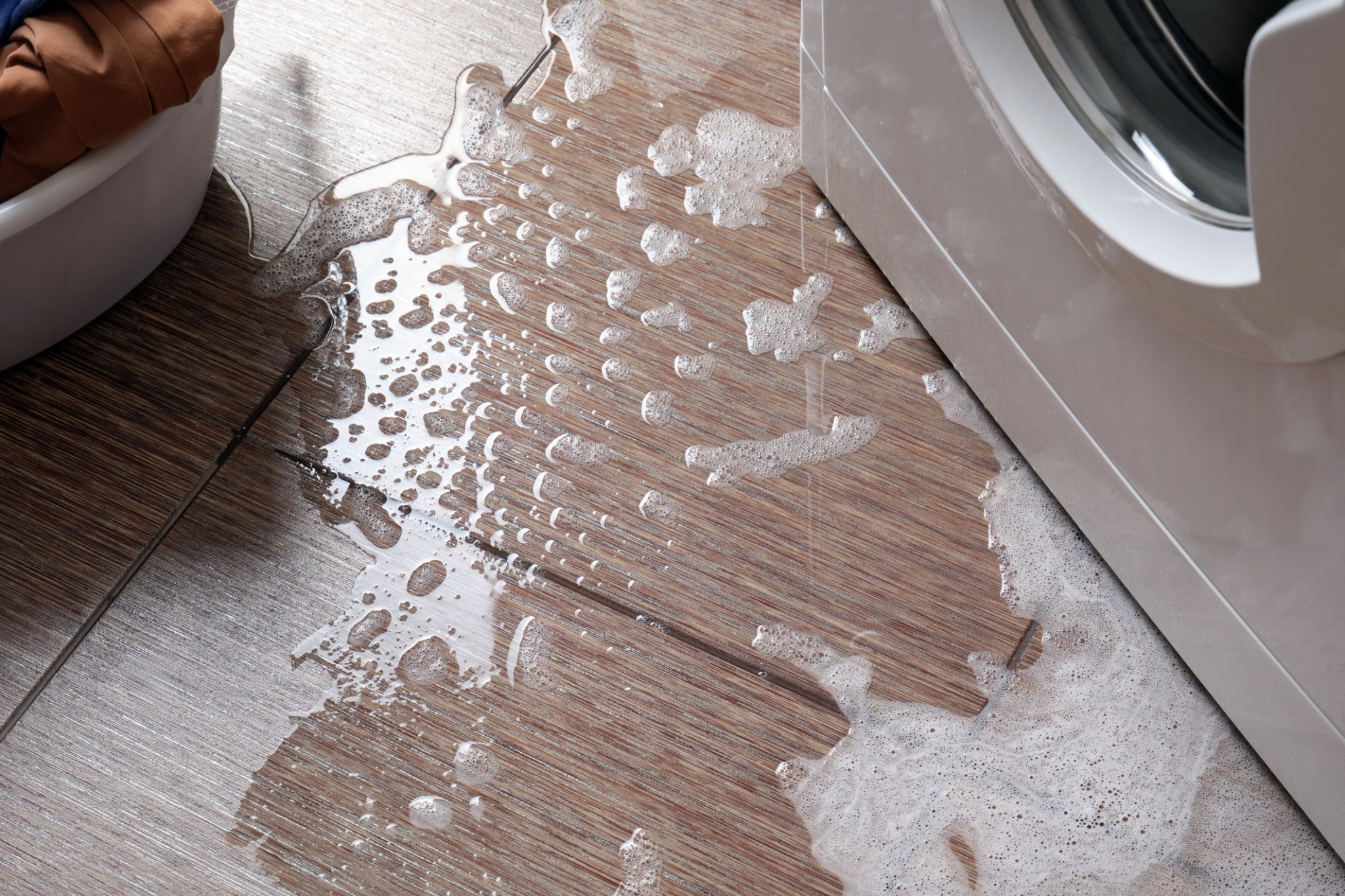DIY Roof Inspection Tips for Gregg County Homeowners
Importance of Regular Roof Inspections
For homeowners in Gregg County, regular roof inspections are crucial to maintain the integrity and longevity of your home. A roof that is in good condition protects you from the elements and enhances your property's value. By conducting routine inspections, you can identify potential issues early, saving you money on future repairs.
In this blog post, we will guide you through some practical DIY roof inspection tips. These tips will empower you to assess your roof's condition and take appropriate action if needed. Remember, while DIY inspections are helpful, they should not replace professional evaluations when necessary.

Gathering the Necessary Tools
Before you begin your roof inspection, ensure you have the right tools on hand. Essential items include a sturdy ladder, binoculars, a flashlight, a notebook, and a camera or smartphone for documentation. Safety equipment such as gloves and non-slip shoes is also crucial to prevent accidents while on the roof.
Maintaining a checklist of what to inspect can help you stay organized. This list should include checking for damaged or missing shingles, inspecting flashing and gutters, and looking for signs of water damage or mold.
Inspecting Shingles and Flashing
Start your inspection by examining the shingles. Look for any that are cracked, curled, or missing. Damaged shingles can lead to leaks and further structural issues if not addressed promptly. Use binoculars to scan the roof from the ground if climbing on the roof is unsafe.
Next, inspect the flashing around chimneys, vents, and skylights. Flashing is critical for preventing water from seeping into your home. Ensure that it is intact and free from rust or other signs of wear.

Checking Gutters and Downspouts
Your gutters and downspouts play a vital role in directing water away from your home. During your inspection, remove any debris such as leaves or twigs that may have accumulated. Ensure that the gutters are securely fastened and that there are no visible leaks.
Examine the downspouts to confirm that they are directing water at least 3 to 4 feet away from your home's foundation. This helps prevent water damage and erosion around your property.
Identifying Signs of Water Damage
Water damage is a serious issue that can compromise your roof's structural integrity. Look for signs such as water stains on ceilings or walls inside your home. Dark spots on the roof or peeling paint are also indicators of potential water issues.

If you notice any of these signs, it's important to investigate further and consider contacting a professional for an in-depth assessment. Early detection is key to avoiding costly repairs.
Documenting Your Findings
As you conduct your inspection, take detailed notes and photographs of any areas of concern. This documentation can be valuable when discussing repairs with professionals or filing insurance claims.
Regularly updating this information with each inspection will help you track changes over time and determine when significant repairs or replacements are necessary.
When to Call a Professional
While DIY inspections are beneficial, certain situations require professional expertise. If you encounter extensive damage, complex issues, or if you're uncomfortable performing the inspection, it's best to consult a roofing specialist.
Professionals have the experience and tools needed to safely and accurately assess your roof's condition. They can provide solutions that ensure your home remains protected for years to come.

